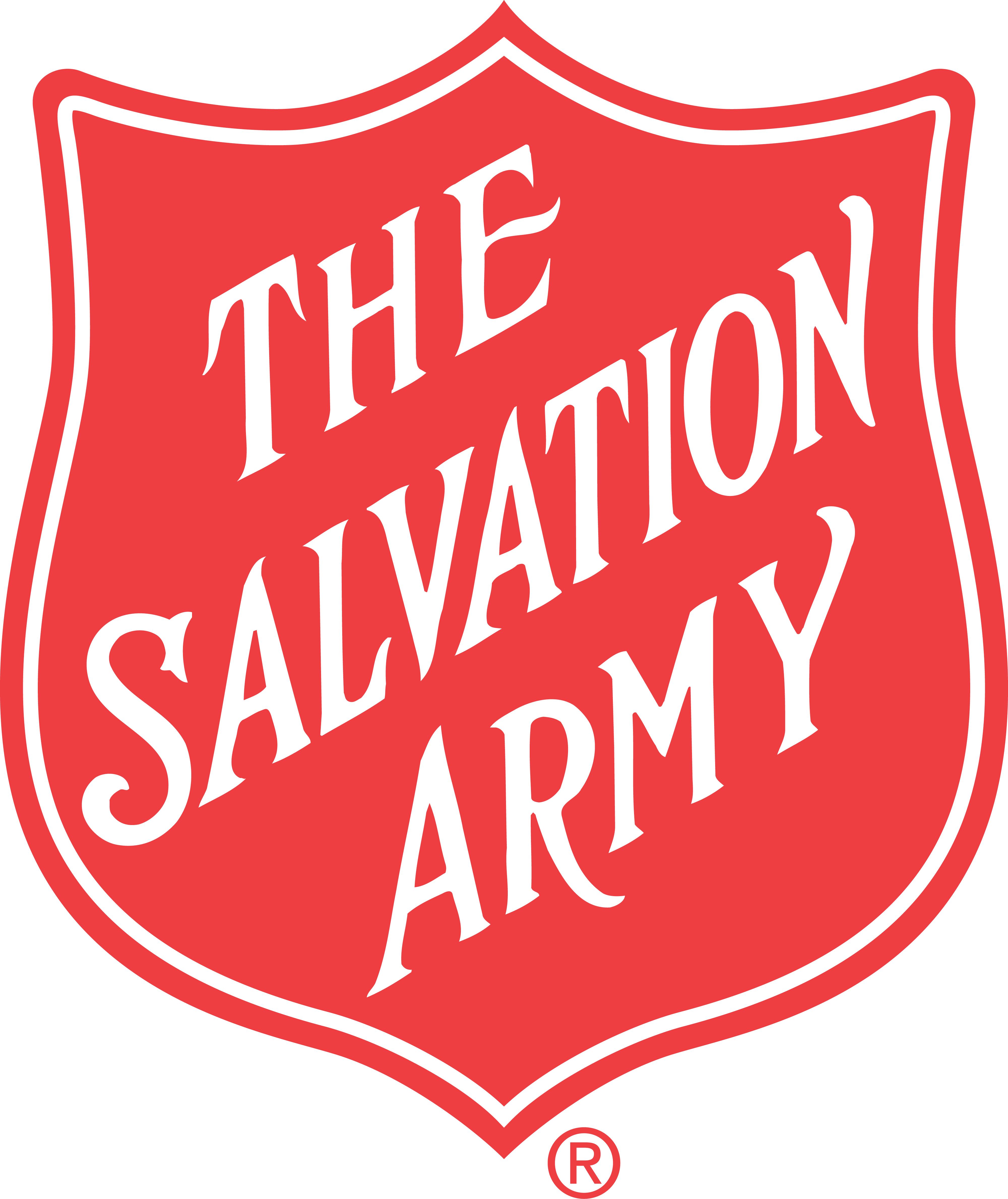Beyond the Screen
by Hugo Bravo

Overcoming pornography addiction
Pornography is all too easy to access. Our cellphones, with apps and web browsers, slip into our pockets or purses, ever at hand, while our internet-connected tablets and personal computers wait for us at home. These devices can retrieve online pornography in seconds, creating powerful temptation and a dangerous outlet. Pornography can be highly addictive and devastating to mental health and self-esteem. If pornography addiction is ignored or left untreated, it can hurt relationships, deplete finances, and make people neglect responsibilities at home, work, or school.
Breaking it down
Some signs of pornography addiction are:
• finding yourself unable to stop watching pornography, despite consequences or guilt.
• watching pornography on your phone or computer at inappropriate times and places, or for long hours.
• feeling unfulfilled or dissatisfied with regular sexual activity.
• losing interest in your hobbies, social encounters, and personal care.
It’s important to remember that pornography is not a realistic depiction of intimacy between loving, consenting adults. Just as no one can learn to drive by watching a car chase in a Hollywood movie, no one can learn about healthy sexual relations from viewing pornography. Pornography can be especially harmful to teens, who are in a developmental phase regarding their own sexuality and may feel vulnerable as they discover their personal identities and values.
Some studies suggest porn addiction is not so much an addiction but rather an obsession closely related to obsessive-compulsive disorder (OCD). People who suffer from OCD cannot stop thinking about doing specific things like turning off a light or spacing books on a shelf evenly. These thoughts can cause anxiety until they’re acted upon. Individuals addicted to pornography may find that watching porn is a compulsion to soothe similar anxieties.
Pornography addiction may also trace to the release of dopamine, a chemical messenger in our brains that at high levels causes feelings of pleasure and reward. In turn, it motivates us to repeat the behavior. Dopamine can be released through positive activities like running a marathon or listening to a favorite song. But this rush can also be prompted by taking harmful drugs, using alcohol, or watching pornography. Over time, as people continue to engage with pornography, their brain may associate it with being a source of that rush. This can create the urge to watch pornography over and over, even if they want to stop.
Finding help
Have a talk. If you don’t feel comfortable talking to family or friends, support groups have members who understand what you are going through. You can also reach out to a trusted leader in your place of worship. Many pastors, especially those who work in marriage counseling as part of their ministry, have experience in treating habits that can disrupt a healthy, fulfilling life.
Try therapy. If pornography has become an outlet for underlying issues in your life, a mental health professional can help identify those issues and ways to overcome them. They can put you on track to focus your thoughts and urges on new, positive activities, or return you to ones that you might have stopped because of your addiction.
Medications can help. Antidepressants and mood stabilizers are sometimes used to control urges to watch pornography. For more serious cases, naltrexone, a medication that blocks the part of your brain that gets pleasure from addictive behaviors, can be prescribed. Always consult with your doctor before starting such treatment.
Block it out. You can install a phone app (like Aura, Bark, or Canopy) and configure your home internet router to block out adult material. Libraries, schools, and other places that offer public internet employ similar methods to keep visitors from accessing pornographic sites.
Porn by the numbers
- Online pornography accounts for 98% of all porn use, with 69% viewed on cellphones.
- There are about 4 million pornographic websites, making up about 12% of all sites.
- On average, children are first exposed to pornography by age 13.
- One of the largest porn sites on the web reported 42 billion visits per year globally.
- Only 7% of U.S. adult porn internet users report having an addiction.
Source: addictionhelp.com/porn/statistics
Do you (or does someone you know) have a problem with pornography addiction? The following resources may help:
Porn Addicts Anonymous: pornaddictsanonymous.org; Sex Addicts Anonymous: saa-recovery.org; SAMHSA (Substance Abuse and Mental Health Services Administration): samhsa.gov or 800-662-HELP (4357)

